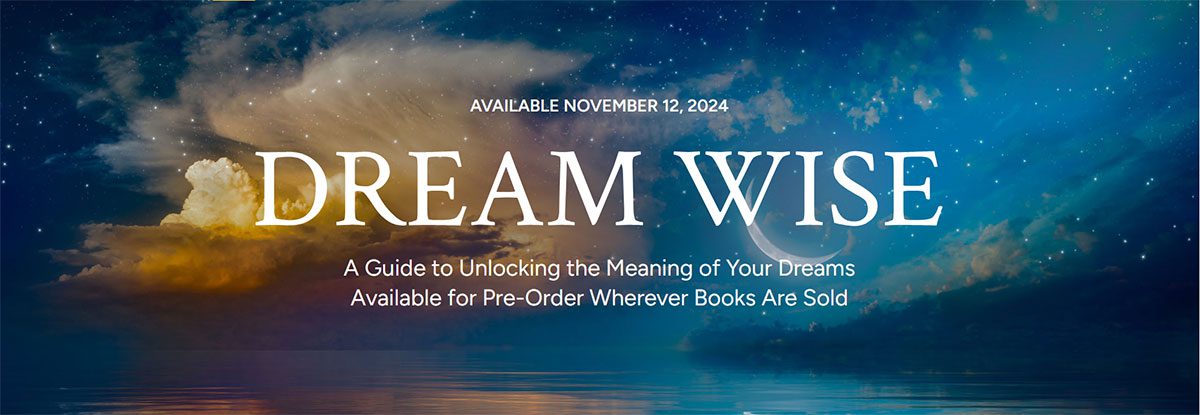
Unlocking the Wisdom of Your Dreams: A Journey with the Authors of “Dream Wise”
Buy the book!
I recently had the pleasure of interviewing Deborah Stewart, Lisa Marchiano, and Joseph Lee, the hosts of the popular This Jungian Life podcast and authors of the new book Dreamwise: Unlocking the Meaning of Your Dreams. As a therapist interested in spirituality and mysticism, I was eager to explore their approach to Jungian dream work and learn about the inspiration behind their book.
Key Takeaways from the Interview
- Dreamwise emerged from the authors’ experience teaching their online Dream School course, where they guide participants in exploring the language of dreams.
- The book offers a structured journey into the world of dreams, grounded in Jungian theory and practical exercises, aiming to make dream work accessible.
- The concept of the “dream maker” is central to the book – an inner companion that communicates through dream images, like a “backseat driver” observing your life.
- The authors emphasize the importance of feeling in dream work, as dreams are “images of affect.” Sinking into the emotional texture of dreams can uncover profound personal insights.
- Dream work is framed as an “adventure” – an opportunity to discover the riches of the inner world. The book provides 69 “keys” or prompts for exploring dream material.
- The authors see dream work as part of a larger evolutionary process, with dreams offering a way to connect with something greater than our conscious understanding.
- Engaging with shadow figures in dreams is key to the individuation process – the journey towards wholeness. Dreamwise provides guidance for recognizing and integrating shadow elements.
- The authors see dream work as a crucial frontier in depth psychology, with dreams challenging us to expand our consciousness and reimagine our world.
- At its core, dream work is a transformative process – a “mysticism of the mind” that shifts our understanding of self and world.
- Dreamwise is part of a larger body of work from the authors, including their podcast, online courses, lectures, workshops and additional resources on Jungian psychology.
Crafting a Guide for the Unconscious
Dreamwise emerged from the authors’ experience teaching their online Dream School course, where they guide participants in exploring the language of dreams. As Lisa explained, “We had done the work to craft that and were finding that it was really rewarding and people were reporting that it was valuable, so we said we have all this material – we can sort of put it into a book.”
The book offers a structured journey into the world of dreams, grounded in Jungian theory and practical exercises. It aims to make dream work accessible, bridging the gap between the mystical and the everyday.
Engaging with the Dream Maker
Central to Dreamwise is the concept of the “dream maker” – an inner companion that communicates through dream images. Deborah describes this figure as a “backseat driver,” observing your life and offering guidance from the depths of the psyche.
This personification aligns with Jung’s approach to engaging with the unconscious as an autonomous personality. By cultivating a relationship with the dream maker, readers learn to access the wisdom of their inner golden shadow.
Diving into Dream Feelings
While dream interpretation often focuses on symbols and narratives, the authors stress the importance of feeling in dream work. Deborah noted the lack of attention to emotion in many dream books, despite the fact that dreams are “images of affect.”
By sinking into the emotional texture of dreams – whether on a sunny beach or facing a tsunami – readers can uncover profound personal insights. This focus on feeling helps bridge the gap between our dream lives and waking emotional experiences.
An Inner Adventure
Throughout our conversation, the authors framed dream work as an “adventure” – an opportunity to discover the riches of the inner world. As Joseph observed, “Dreams are medicine. And each night when we dream, we’re getting a little spoonful of medicine from the dream maker that is nudging us along towards this fullness.”
This spirit of adventure animates Dreamwise, with its 69 “keys” for exploring dream material. These prompts offer concrete ways to differentiate significant dream elements, empowering readers to uncover personal meaning.
Dreams and the Transcendent
Beyond individual growth, the authors see dream work as part of a larger evolutionary process. Drawing on Jung’s writings on spirituality, Joseph suggested that “a new religion is brewing in the collective psyche” that will emerge through our relationship to the transcendent.
In an era of uncertainty, dreams offer a “guiding light” – a way to connect with something greater than our conscious understanding. By engaging in dream work collectively, we participate in forging a new mythos for our time.
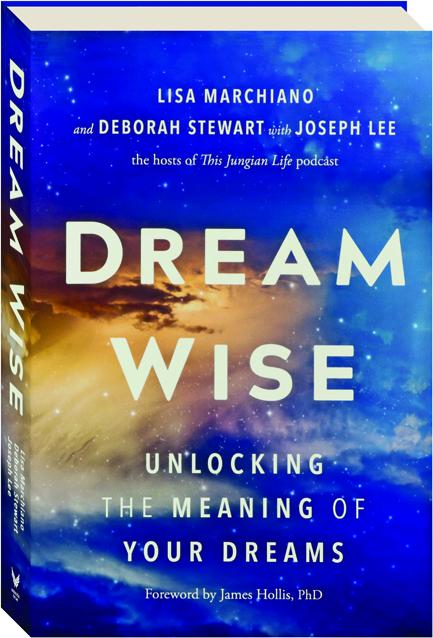 Continuing the Conversation
Continuing the Conversation
Dreamwise is part of a larger body of work from Stewart, Marchiano and Lee. In addition to the book, they offer:
– The This Jungian Life podcast, with weekly episodes exploring Jungian concepts, interpreting listener dreams, and interviewing guests
– The Dream School, their 12-month online course for building dream work skills in a supportive community
– Lectures, workshops and events on topics like active imagination, shadow work, and the psyche
– Additional resources and articles on their website
You can find Dreamwise at Amazon, Barnes & Noble, Bookshop.org and Sounds True.
Embarking on the Dream Journey
For anyone curious about Jungian analysis or yearning to explore their inner world, Dreamwise provides a rich and accessible guide. As we navigate the challenges of our times, dream work offers an anchor – a way to connect with the deeper wisdom of the psyche.
If you’re ready to unlock the power of your dreams, I highly recommend checking out Dreamwise and the other offerings from This Jungian Life. Let the adventure begin!
More Dream Resources
The Shadow in Dreams
Dreams often bring us face to face with the hidden aspects of ourselves – what Jung called the shadow. As Joseph noted, engaging with shadow figures in dreams is key to the individuation process – the journey towards wholeness.
Dreamwise provides guidance for recognizing and integrating shadow elements, as they appear in both dreams and waking life. By facing our shadows with curiosity and compassion, we reclaim lost parts of ourselves.
The book includes practical tips for shadow work, from dialoguing with dream figures to exploring the emotional undertones of dream landscapes. These practices help readers build a constructive relationship with the unconscious.
Dreaming the Future into Being
As we look to the future of depth psychology, the authors see dream work as a crucial frontier. Jung envisioned a time when dreams would forge a new relationship between the individual and the divine.
By engaging with the living symbols that arise in dreams, we participate in an evolutionary process – one that is both deeply personal and profoundly collective. Dreams challenge us to expand our consciousness and reimagine our world.
Dreamwise invites readers into this unfolding journey, offering a map for navigating the uncharted waters of the psyche. It’s a journey that requires courage, curiosity, and a willingness to venture into the unknown.
The Alchemy of Transformation
At its core, dream work is a transformative process – a kind of “mysticism of the mind” that shifts our understanding of self and world. As we engage with dream images and energies, we open to new possibilities of being.
This transformative power is woven throughout Dreamwise, from its invitation to personify the “dream maker” to its keys for decoding dream symbols. Each chapter offers a doorway into the alchemical work of individuation.
Whether you’re new to dream work or a seasoned explorer of the unconscious, Dreamwise provides a rich and rewarding guide for the journey. It’s a book to return to again and again, as your relationship with your dreams deepens and evolves.
Gratitude and an Invitation
I want to express my deep appreciation to Deborah, Lisa, and Joseph for joining me to discuss Dreamwise and their pioneering work in Jungian psychology. Their wisdom, creativity and commitment to the transformative power of dreams is truly inspiring.
To my readers, I encourage you to explore Dreamwise for yourself and begin or deepen your own dream practice. As the authors remind us, the unconscious is always dreaming – always reaching out to us with images, feelings and intuitions. By engaging with this inner wisdom, we open to a vaster, richer experience of life.
May your dream journeys be filled with wonder, insight and the joy of discovery. And may the wisdom of Dreamwise light your way.
You can find Dreamwise and learn more about the authors’ work at This Jungian Life.


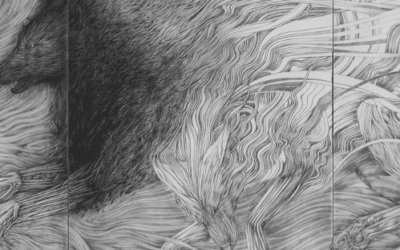
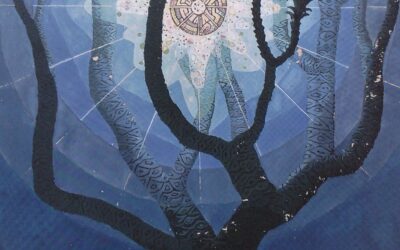




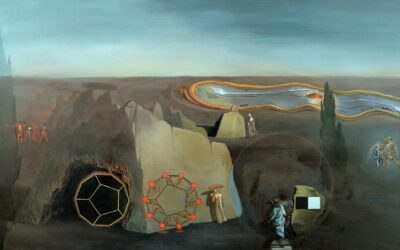



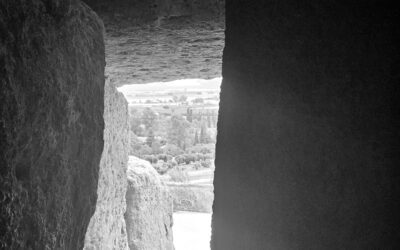
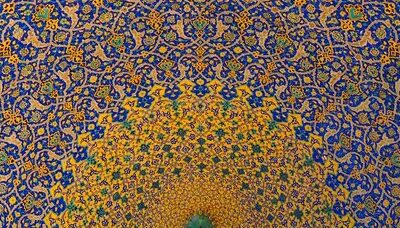
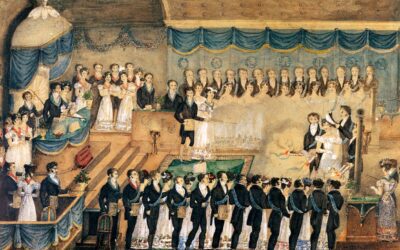

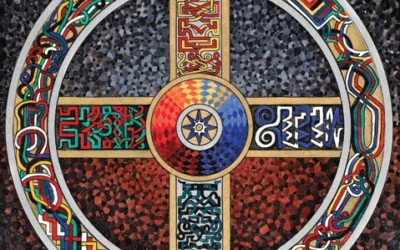

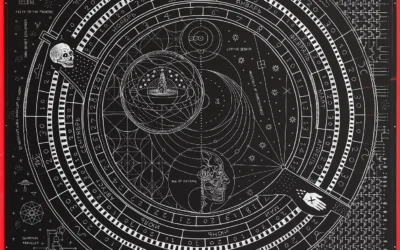

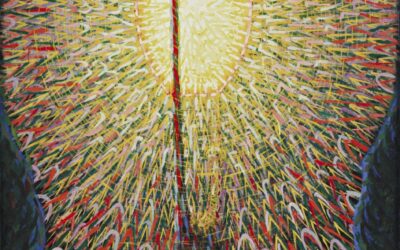
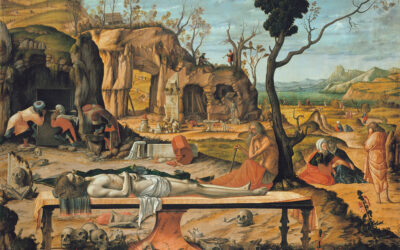



0 Comments